Rice harvest 2 weeks late
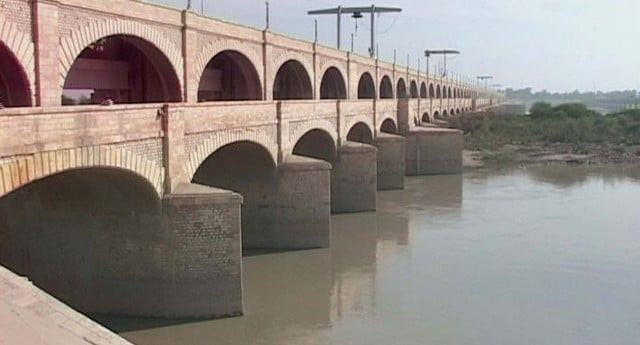
Rice harvest 2 weeks late
Growers usually take their scythes and tractors and head to the fields on May 1 but it is May 19 and business looks bad. Part of the problem is that the level of water at the Guddu and Kotri barrages has fallen by about half. Around 50,000 cusecs of water is going upstream from the Guddu Barrage while water flowing downstream is at 48,000 cusecs.
A shortage of water at the Guddu Barrage has disrupted the supply to the Begari Sindh Feeder Canal. The domino effect has led to trouble for agricultural workers in Kandhkot, Shikarpur and Jacobabad districts, where they have not been able to start work. The outlook is even drier for the Kotri Barrage, where the level is just 5,000 cusecs, leading to zero water downstream. The water shortage at the Sukkur Barrage is around 38,000 cusecs for upstream and 10,000 cusecs for downstream areas.
This has caused the Rice Canal, which is reserved for rice, to shut down. As a result, the harvest has not started in Larkana, Qambar-Shahdadkot and other areas. Parts of upper Sindh, including Shikarpur, Jacobabad and Larkana, form Pakistan’s biggest rice growing belt, which is spread over 22,000 acres. Two of the canals which cater specially to rice growers, one that gets water from Guddu Barrage and the other from Sukkur Barrage, are still waiting to receive their first drops of water, said Ghotki Abadgar general secretary, Ghulam Hassan Chachar.
“Usually we get around 6,000 to 7,000 cusecs of water by May 1,” he said, “In fact, this is the minimum level of water we get and as the weeks go by, the level is increased further.” This year, however, while there is a ban on growing rice on the left bank of the Guddu Barrage, districts on the other side are also waiting to get their due share. Begari Sindh Feeder Canal, which gets water from the Guddu Barrage, is still dry, Chachar lamented. When Chachar asked Irshad Memon, the Mirpur Mathelo irrigation executive engineer about the water shortage, Memon replied that his orders came from the chief irrigation secretary.
“He said the secretary has told him not to release water in the Feeder Canal yet,” Chachar told The Express Tribune. While Memon said they had sent around 400 cusecs of water to the canal, Chachar dismissed the quantity as insignificant. “That much water doesn’t even make it downstream, it simply disappears and dries up,” he said. Memon has asked the Guddu Barrage officials to release around 2,500 cusecs of water but even this amount has not been cleared as yet. “We have to wait for the chief secretary’s orders,” he told Chachar.
The Begari Sindh Feeder Canal is estimated to irrigate around 12,000 acres of crops, with around 25 per cent of this land consisting of rice fields. Regarding the ban on left bank harvesting, Chachar said that the Abadgar stand on the issue is simple: if there is a ban then it should be applicable to everybody. “It would be very unfair if the ban is just for the common man while politically strong landlords are considered above it,” he added. Meanwhile, people in several areas including New Pind, Micro Colony, Qureshi Goth, Darazi Mohalla, Kanbhar Mohalla and Aga Badarud Din Colony have complained of a dearth of drinking water for the past 20 days.
They protested outside the water works office, shouting slogans and burning tyres. The demonstrators demanded that the city government bring an end to this water shortage.
Published in the Express Tribune, May 19th, 2010.

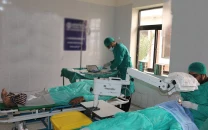

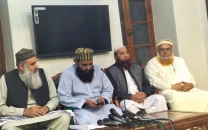
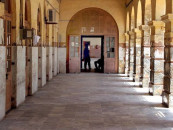
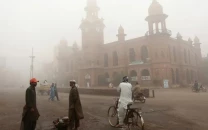












COMMENTS
Comments are moderated and generally will be posted if they are on-topic and not abusive.
For more information, please see our Comments FAQ